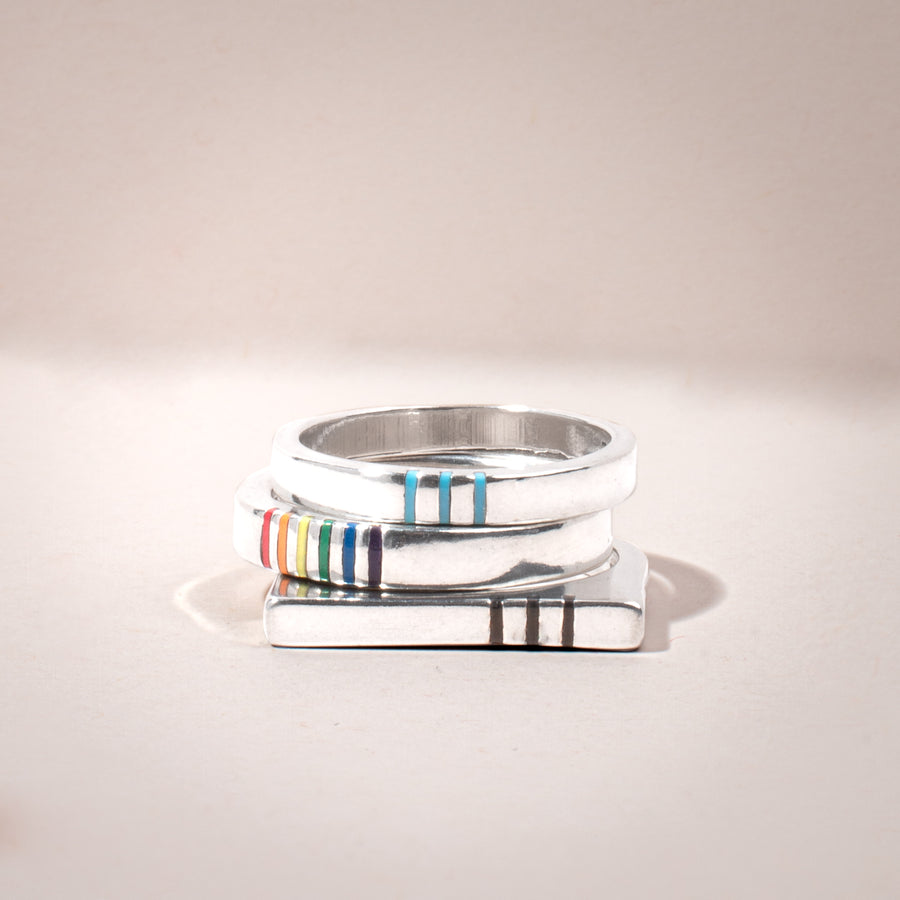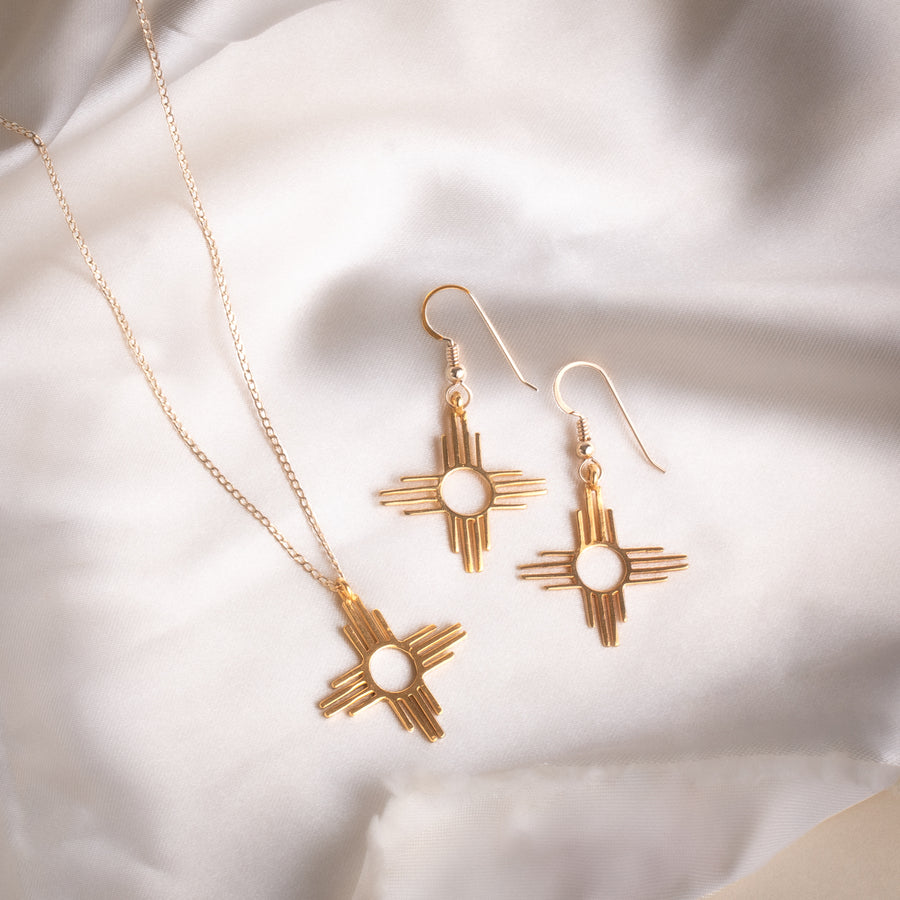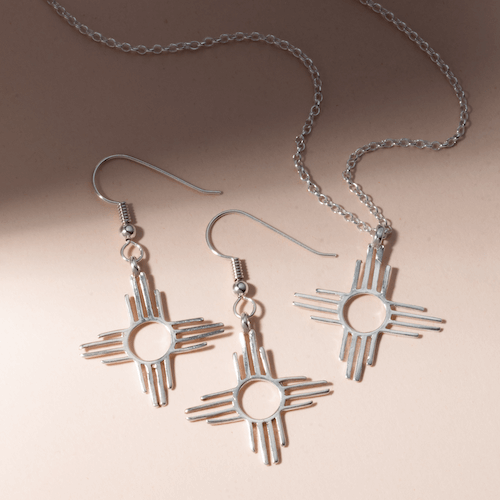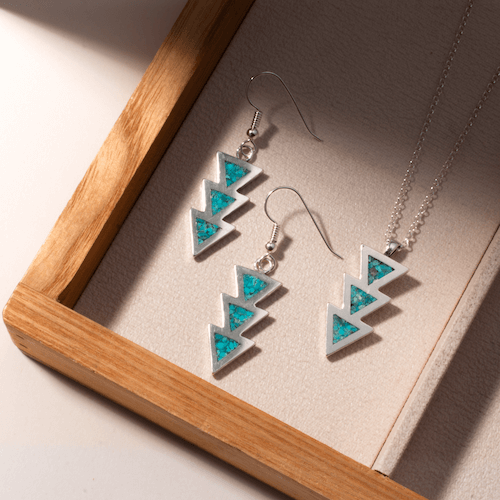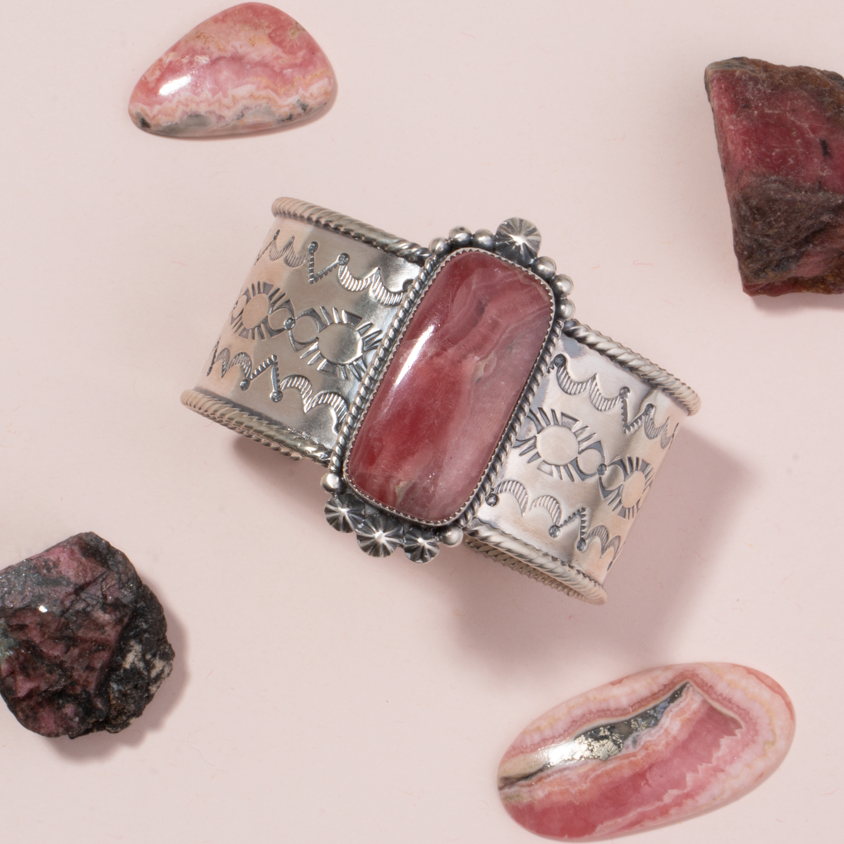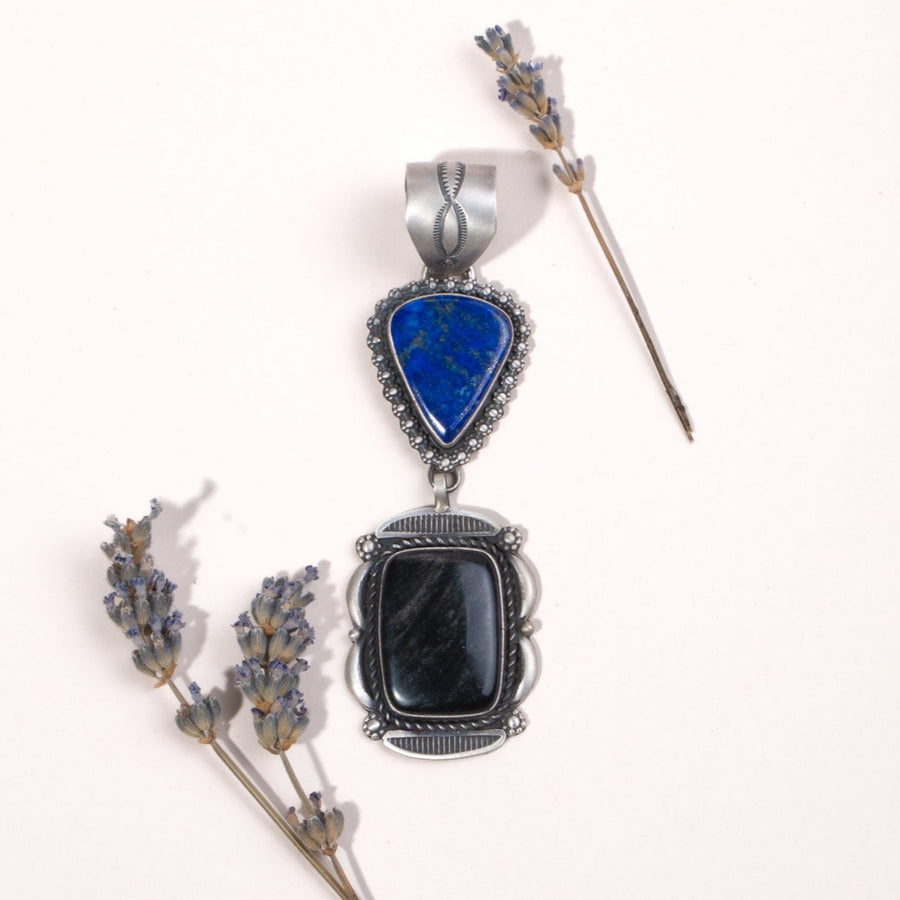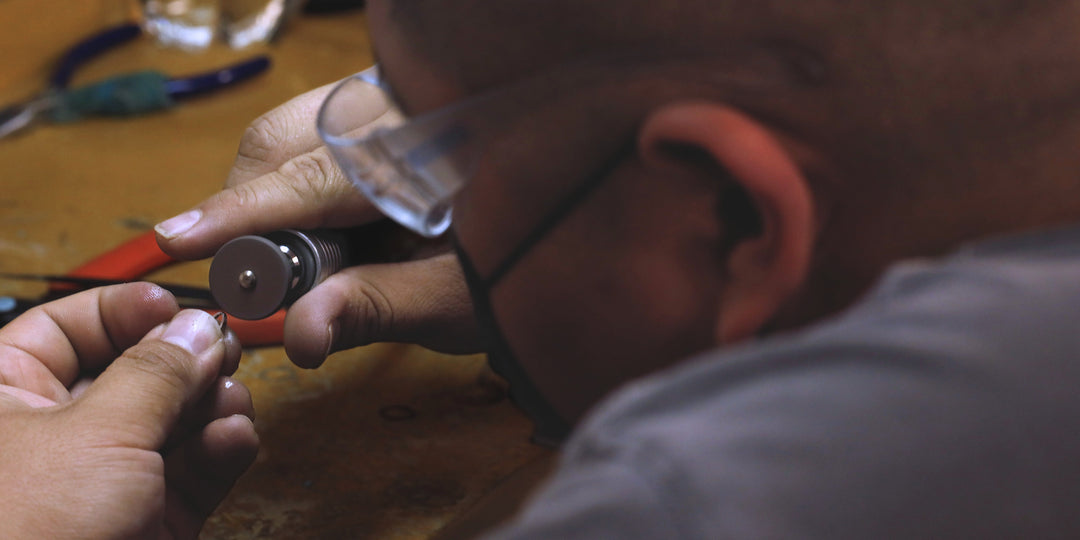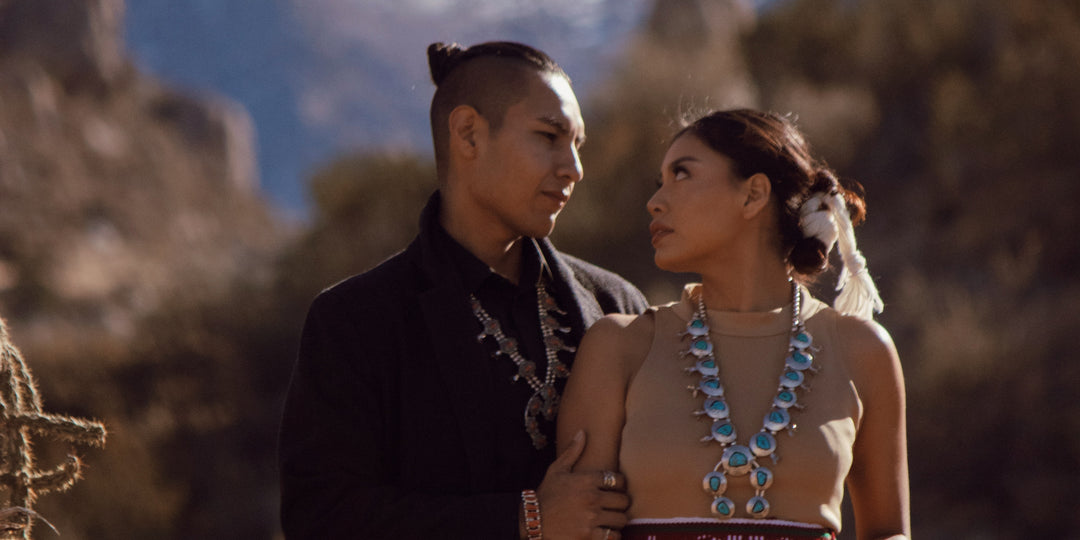Fred Harvey Era Jewelry: The “Jeweled” Legacy of the Harvey House
The history of the American West is filled with myths, legends and iconic figures. One of the most influential of those figures was Fred Harvey. Through the impact of his Harvey House restaurants, Harvey helped open up the west to tourism. The designs and motifs of his buildings would become associated with Native American art for many years to come. In addition, his establishments became markets for the crafts and jewelry created by the surrounding Native American tribes. His legacy wielded such influence that, in an ironic twist, his name would become attached to one of those types of jewelry even though the style didn’t gain popularity until after his death. In fact most Native American handmade silver jewelry from the early 1900s is often called Fred Harvey Era Jewelry.
Fred Harvey arrived in the US at the young age of fifteen. Though he spent many of his adult years working for the railroad, he never forgot his first jobs in the restaurant business. Through persistence and incredible business acumen, Harvey built a string of restaurants along the rail line. His establishments offered fine dining at affordable prices and in a safe, elegant environment. The end result was a boom in tourism. People traveling by rail could be assured of amenities along the way. As their comfort level increased, so did the curiosity of those exploring the American West. Tourists from the East became fascinated with the landscape and the art of the local Native American tribes. By the time of his death in 1901, Fred Harvey’s businesses had changed the face of the West.
The growth of the Harvey Houses offered not only an outlet for Native American crafts but gave opportunities to others as well. Herman Schweizer, a German immigrant, operated the Coolidge, New Mexico Harvey House. Schweizer scoured the Navajo and Hopi reservations for items to sell in the restaurant. He had spent nearly twenty years in the Southwest and maintained both personal and business relationships.

His skill at acquiring curios and their popularity with the tourists frequenting the restaurant was noticed by Minni Harvey, Fred’s daughter. She encouraged Schweizer to add his finds to the other restaurants and in 1901, the Harvey Company founded the Fred Harvey Indian Department. Schweizer was instrumental in acquiring items for the new market, as well as hiring Native American artisans to create jewelry specifically for the Harvey Houses.
As the market began to grow, the Harvey Company found that tourists from back East often looked for a style of jewelry that differed from what the Native American artists created. Though there were those collectors who valued the heavy silver bracelets that were the more traditional design, there were also those tourists who were merely looking for a souvenir to take back home from their trip to the Wild West. Those folks desired a lighter weight, and less expensive, choice.
To meet this demand, the Harvey Company set about creating a new style of jewelry which used fewer gemstones and commercial grade sheet silver. Along with size and weight, these new pieces had another difference from the traditional handcrafted jewelry Native American artists produced: much of it was mass produced on machines, sometimes in places as far away as New York. Machine production lowered the cost and ensured enough supply to meet the demand. Earrings, necklaces, rings and bracelets were produced with the new design and techniques. These pieces became known as “Fred Harvey jewelry”.
There were other changes as well. The company chose a set of designs they felt were more in line with the iconic images the tourists had. This set became the generic standard patterns for most of the company jewelry. The meanings behind the designs were often not the traditional cultural ones either, but were instead marketing tools created by those, like Herman Schweizer, who sold the pieces. Schwiezer was said to describe the Thunderbird motif as “the sacred bearer of happiness unlimited”.
What we now know as Fred Harvey jewelry was created from 1900 to 1955, until the closing of the restaurants caused a decline in production. Today these pieces are considered collectible vintage jewelry, valued in large part for the history behind them. They serve as reminders of the great American West and the iconic figures like Fred Harvey who opened the door to the landscape and the people who lived there.
Resources:
https://nativeamericanjewelrytips.wordpress.com/category/books/fred-harvey-jewelry-1900-1955/
http://www.antiqueamericanindianart.com/fred-harvey-jewelry.html
http://cherokeebluetradingpost.com/real-vs-fake-vintage-native-american-jewelry/
